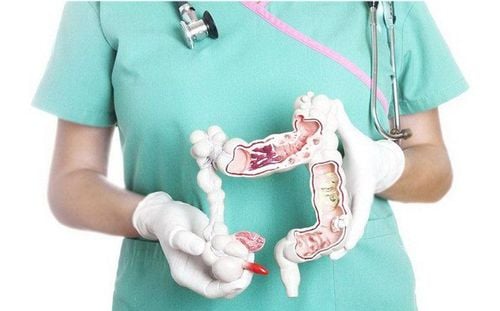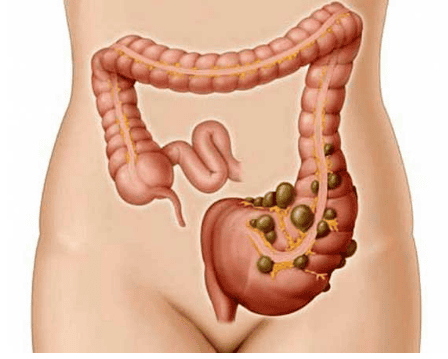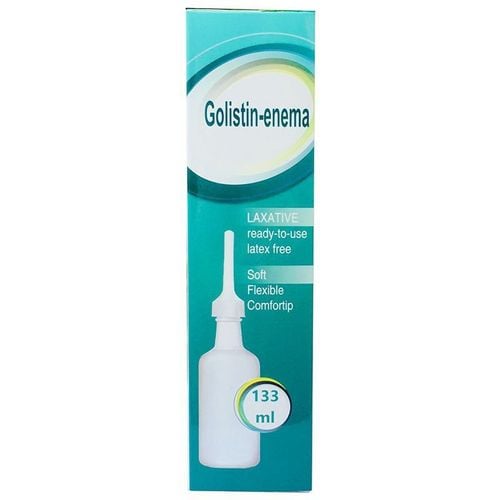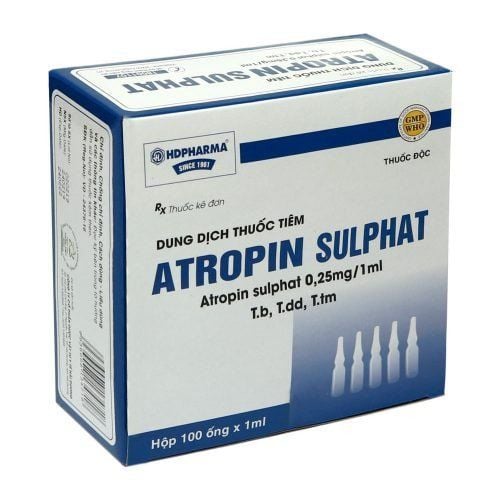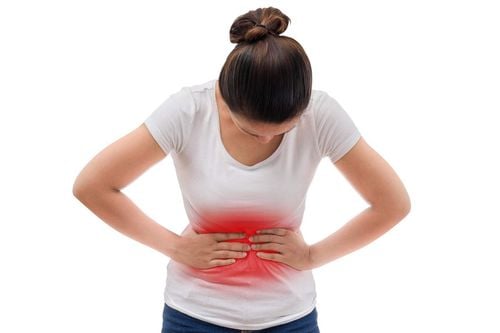This is an automatically translated article.
Article written by Master, Doctor Pham Thi Mai Thanh - Department of General Internal Medicine - Vinmec Times City International Hospital
Colonic diverticulum is a common disease in the elderly, often without symptoms, unless these diverticula become inflamed, also known as colonic diverticulitis.
1. What is a colonic diverticulum?
Colonic diverticula are small bulging pouches of the colon wall. Colonic diverticulum usually causes no symptoms and is symptomatic only when complications of inflammation or bleeding are present.
The cause of diverticular disease is unknown, it is thought to form when high pressure in the colonic lumen pushes against weak spots in the colon wall, the most common location of diverticula is in the sigmoid colon.
Colonic diverticulum is quite common but people often don't know they have a diverticulum. The prevalence of the disease varies by age and geographic region. Less than 20% of 40-year-olds have colonic diverticula, which can increase to 60% in people over 60 years of age. In industrialized countries and Western countries the prevalence ranges from 5 to 45% and 95% of patients have sigmoid diverticulum while in Asia the prevalence is 13-25% and sigmoid diverticulum. The excess is common in the right colon.
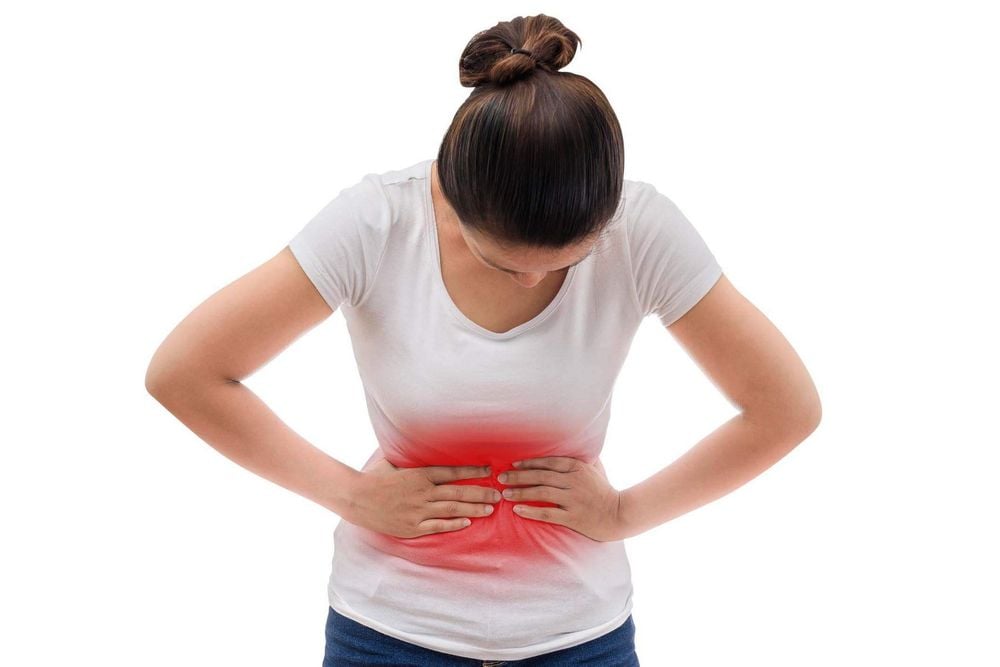
2. Complications of colonic diverticulosis
Common complications of colonic diverticulitis are diverticulitis and diverticulitis. Only 4-15% of patients with colonic diverticulum develop diverticulitis. Inflammation occurs when diverticula become obstructed by stool, increasing the pressure in the diverticulum and causing damage to the intestinal wall and an inflammatory response. In a diverticulum, the vessels that feed the weak colon wall are covered by only a single layer of mucosa. Over time, these vessels change structure and become fragile, so diverticulitis often occurs without bleeding. diverticulitis. About 5-15% of patients with colonic diverticulum have diverticulitis and one-third of these bleeding is severe. Diverticular bleeding is common in the right colon (50-90%) because the wall of the right colon is thinner.
Risk factors: Many lifestyle habits such as a diet high in red meat, low in fiber, low in physical activity, obesity, and smoking are all associated with and increase the risk of diverticular disease. .
Diet: A diet low in fiber, high in fat, and red meat all increase the risk of diverticular disease. A high-fiber and vegetarian diet may reduce the incidence of disease by reducing intestinal inflammation and altering the gut microbiome.
Nuts: Eating nuts, corn, and popcorn has not been found to increase the risk of diverticulitis, diverticulitis, and diverticulitis. In a study of 47228 men aged 40-75 years, there was an inverse relationship between the amount of nuts eaten and the risk of diverticulitis.

Physical activity: Vigorous physical activity such as running and jumping reduces the risk of diverticulitis and diverticulitis. Men who are physically inactive and eat less fiber have a higher risk of developing diverticular disease with complications.
Obesity: Obesity increases the risk of diverticulitis and diverticulitis. Waist circumference was found to be correlated with the risk of inflammatory complications and diverticulitis.
Other factors :
Smoking increases the risk of diverticulitis causing perforation and abscesses . Coffee and alcohol do not increase the risk of symptomatic diverticular disease. Certain medications that increase the risk of diverticulitis and perforation include NSAIDs, steroids, and opiates. In addition, vitamin D supplementation reduces the risk of diverticulitis requiring hospitalization. Patients with Ehler-Danlos, Marfan, Williams-Beuren syndrome, HIV infection, or undergoing chemotherapy are all at increased risk of diverticulitis. Summary: Colonic diverticulum is a common disease and is not dangerous unless there are complications. Although there is no preventive measure, it is possible to limit the formation of diverticula and its complications by eating plenty of fiber, drinking plenty of water, and exercising regularly.

Currently, Vinmec International General Hospital has implemented the method of laparoscopic right colectomy and lymph node dissection. Accordingly, the doctors will cut the inflamed colonic diverticulum with many advantages as follows:
No visual restriction like traditional, optimal quality images with higher accuracy. Less pain after surgery. Colon function recovers quickly. Small surgical scar. Reduce the risk of wound infection. Guaranteed aesthetics. Quick recovery after surgery, short hospital stay. Quickly return to normal activities. The system of modern equipment such as the modern endoscope system Olympus CV 180 allows to detect very small lesions (only a few millimeters) and accurately locate the lesions, endoscopic methods with frequency range Narrow light (NBI) has made a breakthrough in the screening and diagnosis of cancers of the gastrointestinal tract (esophagus, stomach, duodenum and colon and rectum) at early and very advanced stages. Soon. The level of anesthesia, anesthesia and postoperative analgesia is very good, leading in the application of the world's leading anesthetic - anesthetic methods. If you need consultation and examination at Vinmec Hospitals of the national health system, please book an appointment on the website for service.
Please dial HOTLINE for more information or register for an appointment HERE. Download MyVinmec app to make appointments faster and to manage your bookings easily.





